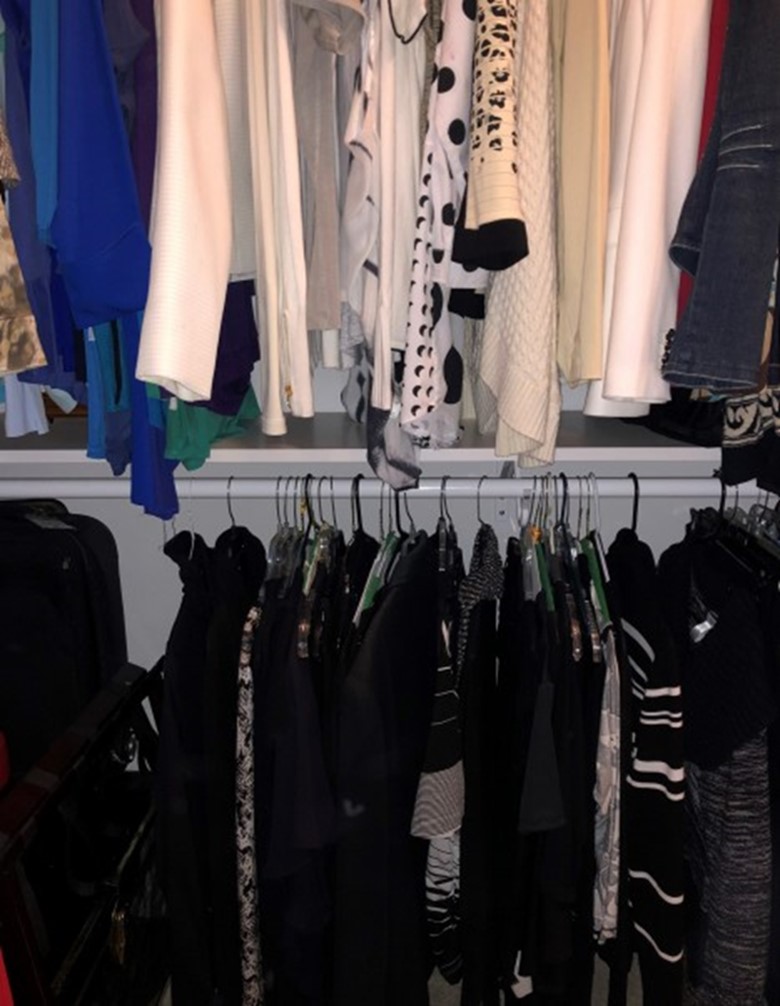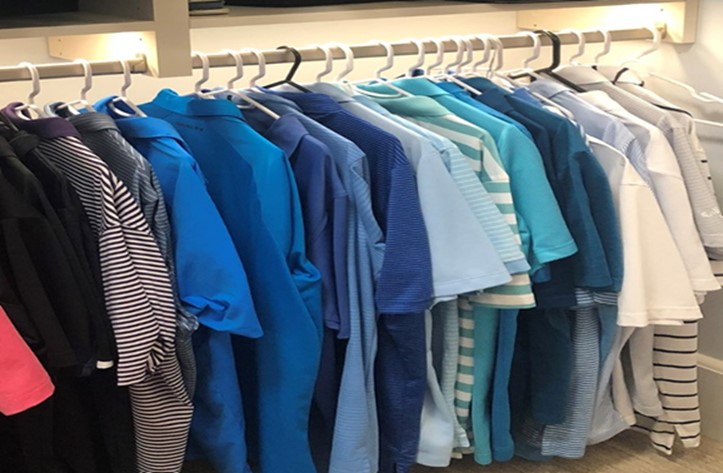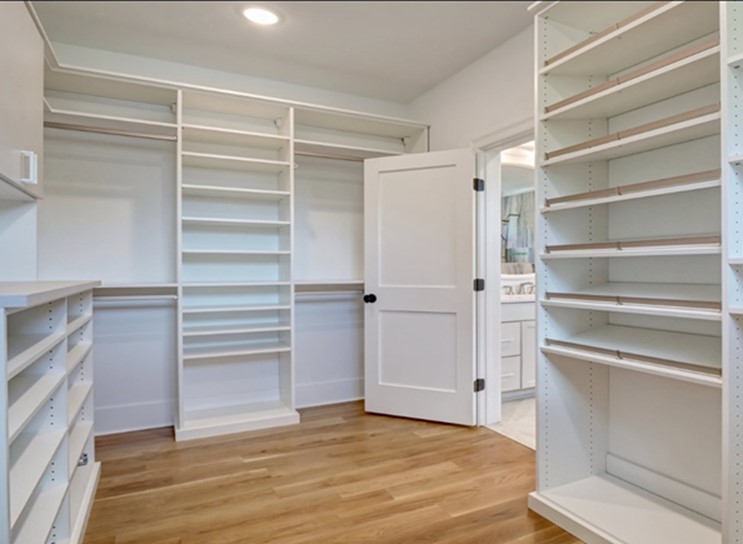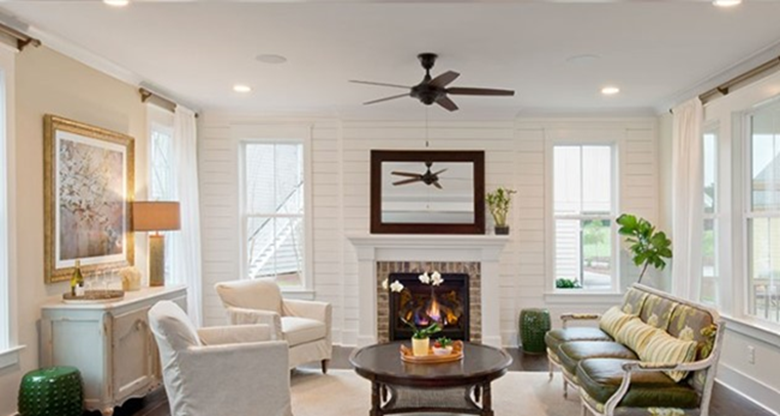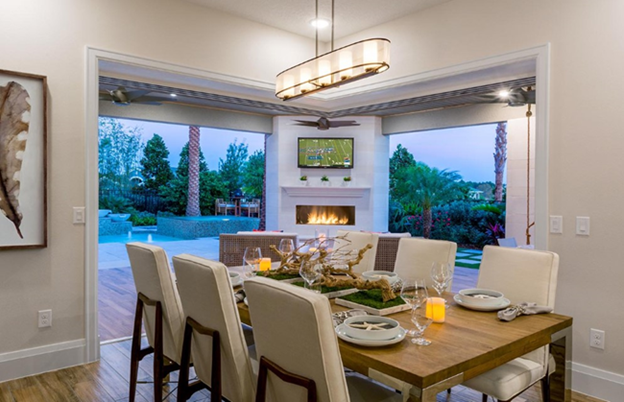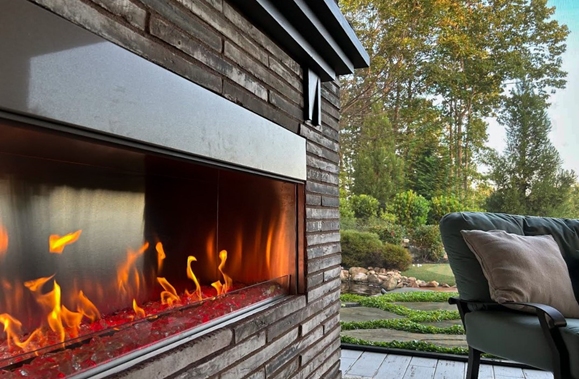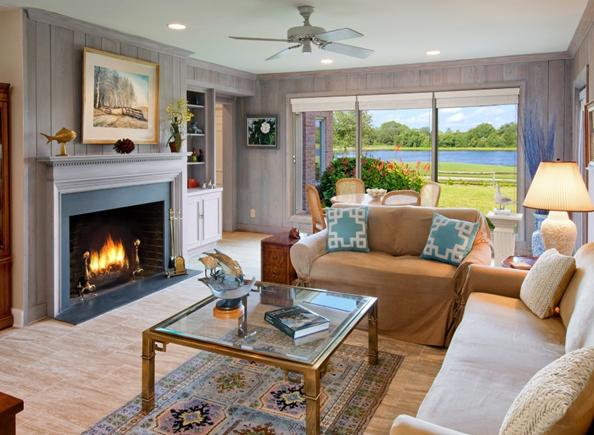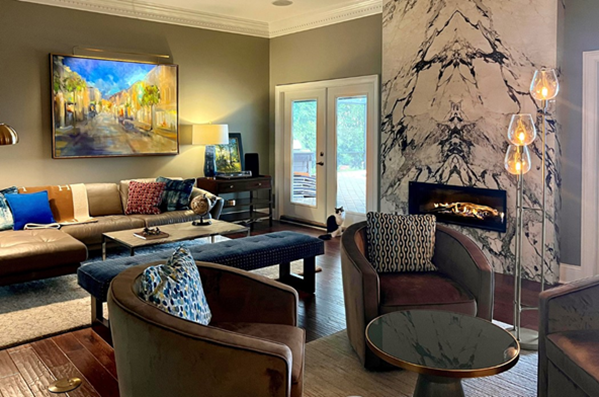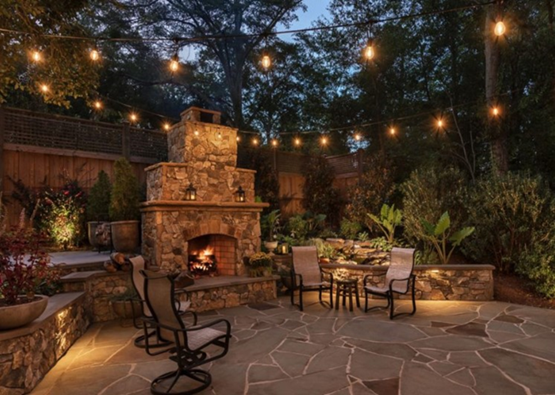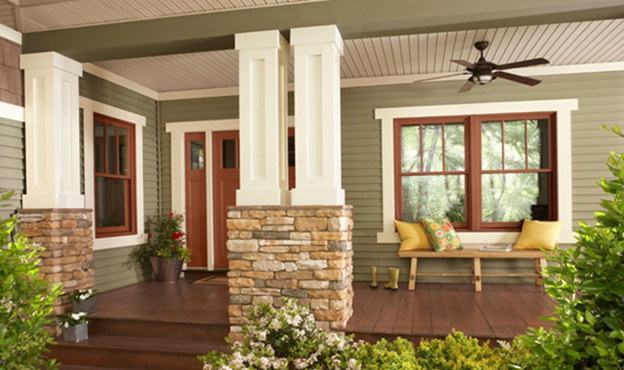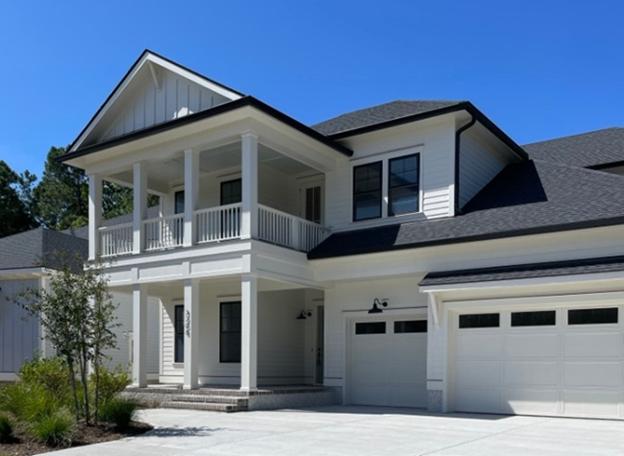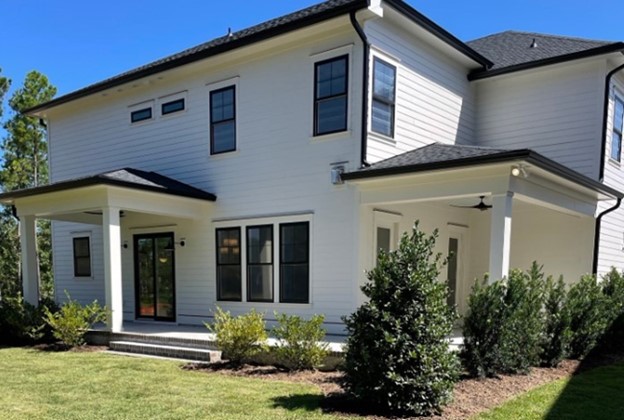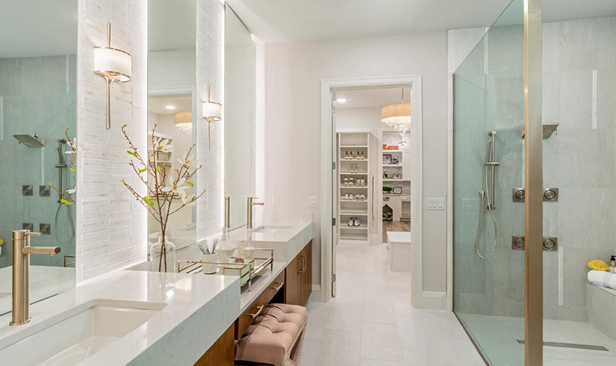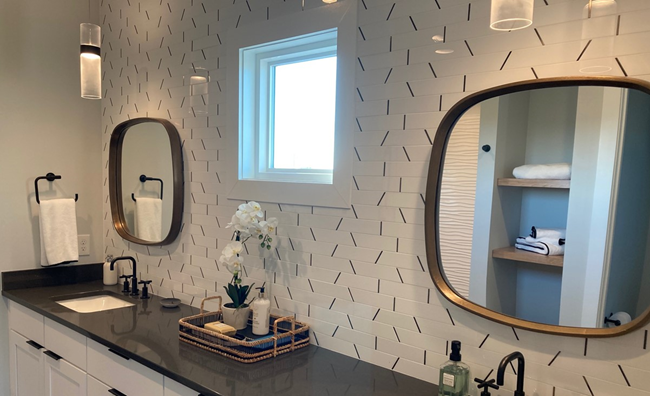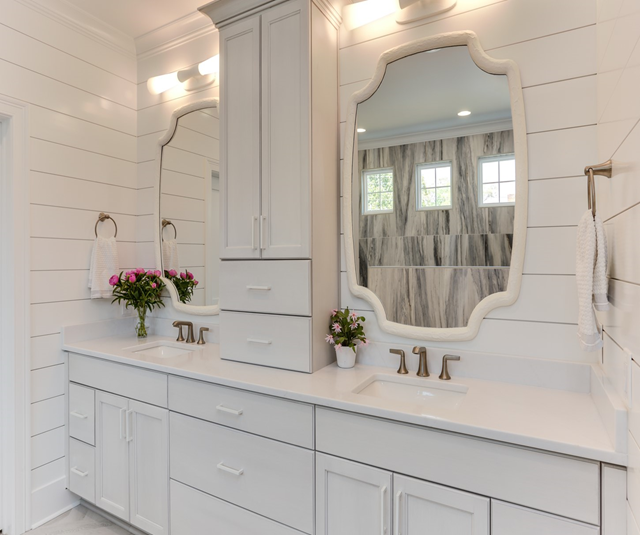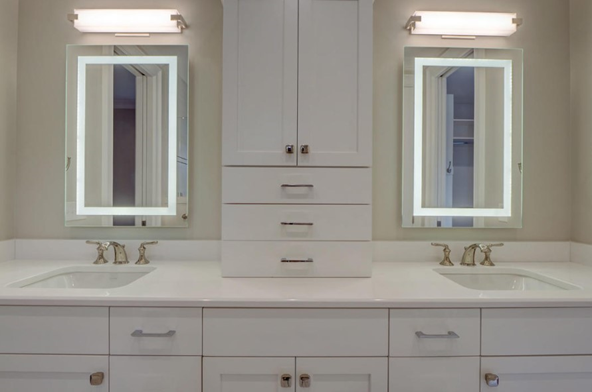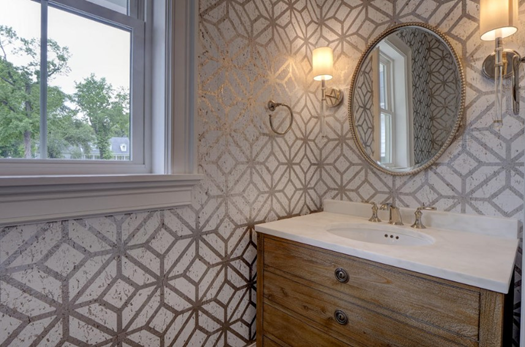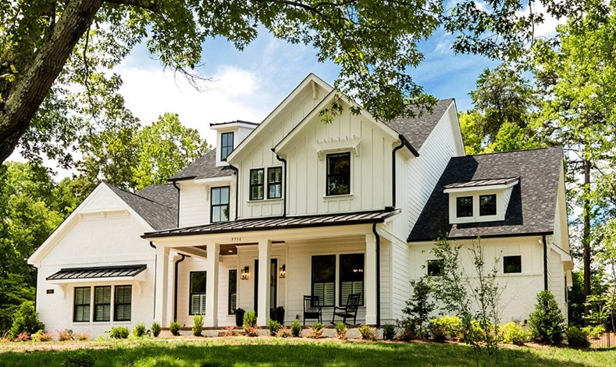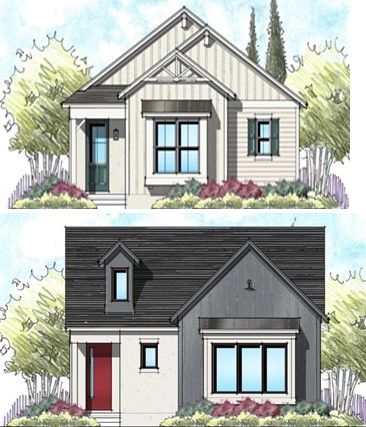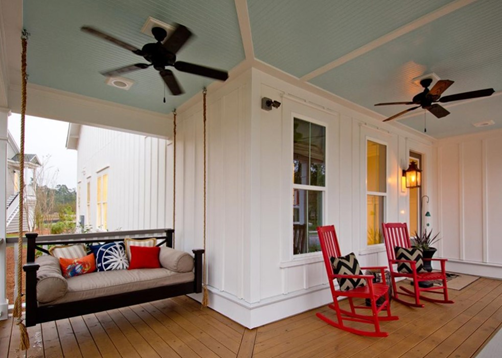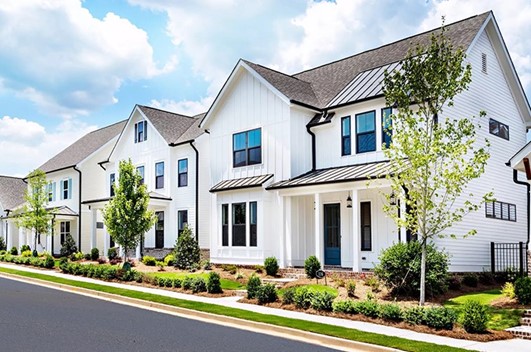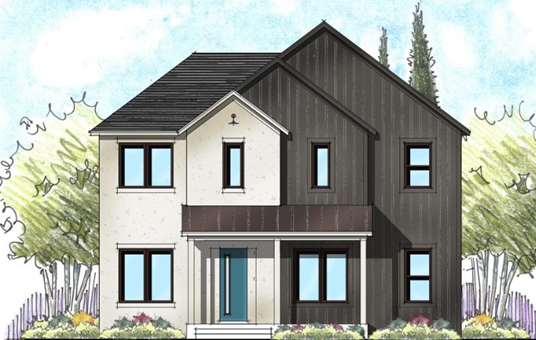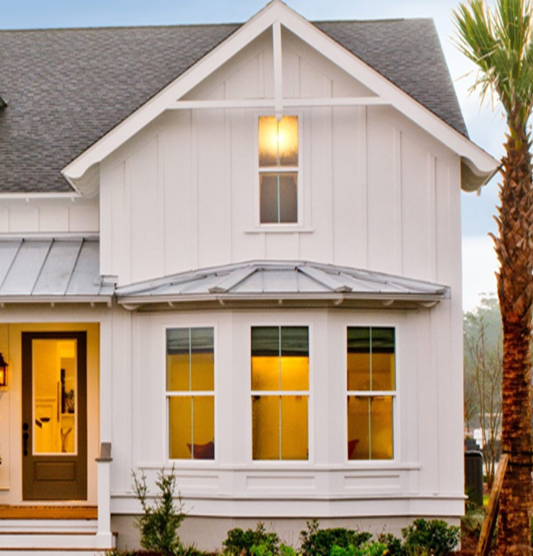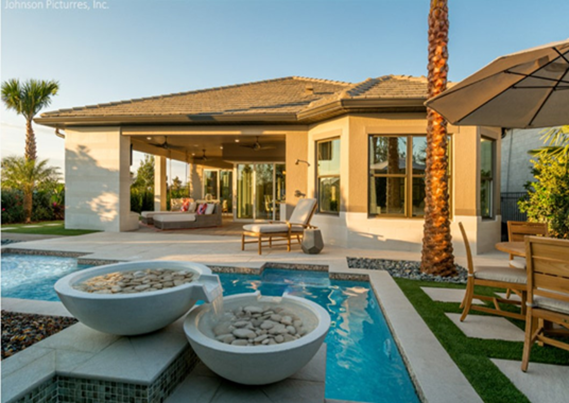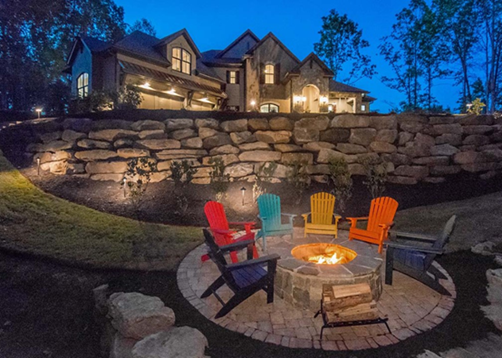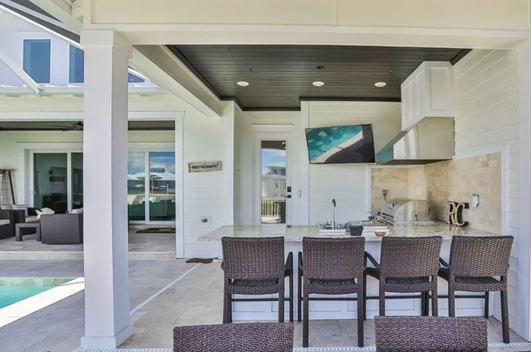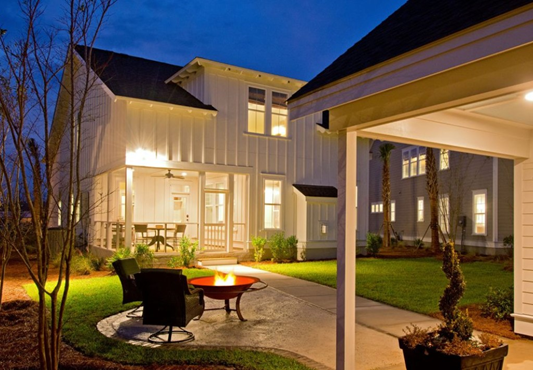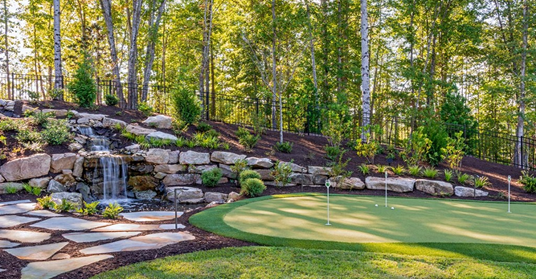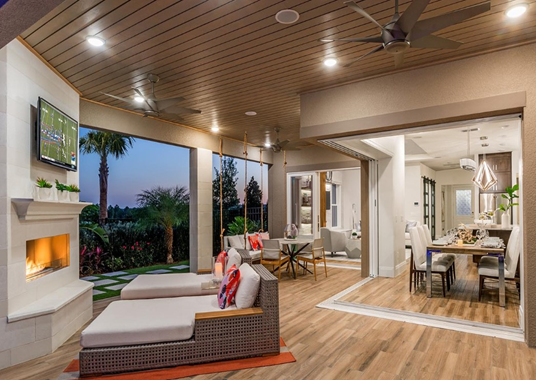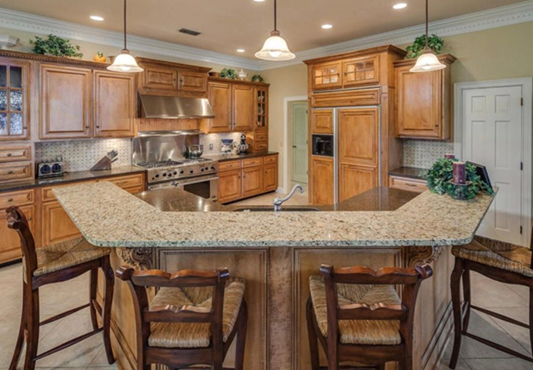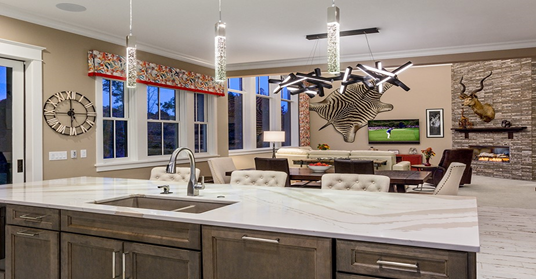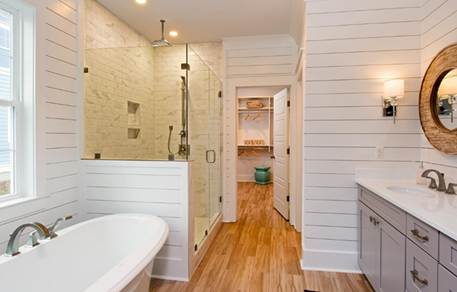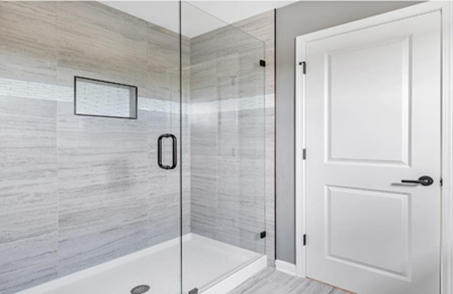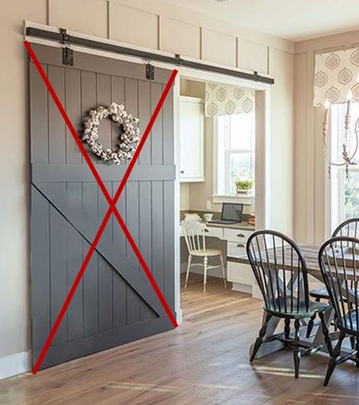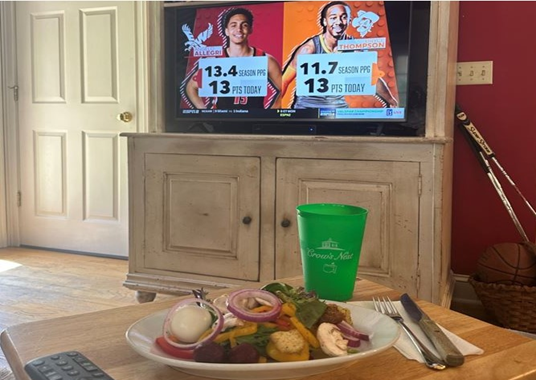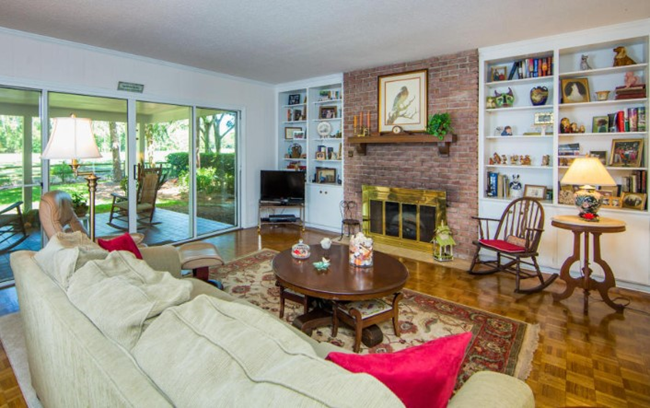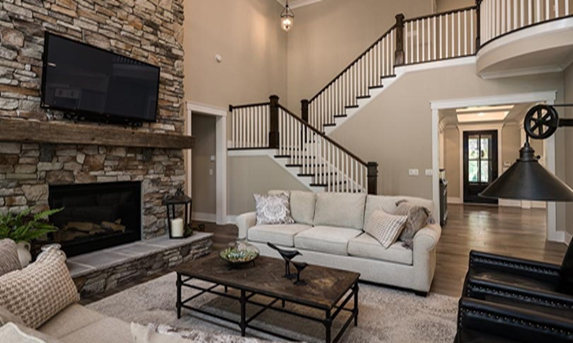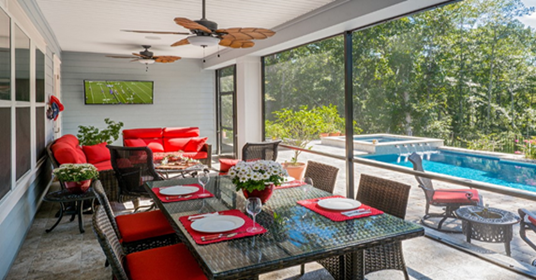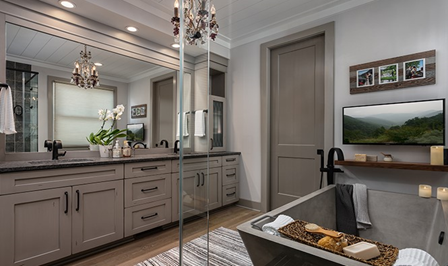The house I grew up in had a tub/shower combo in my bathroom. Inset in the tile wall was one soap dish. I guess the builders of my house wanted me to wash my hair with soap… Of course, my family used shampoo, which we ended up cramming into the corner of the tub. The truth is that today’s homes are well thought out and considerable attention is given to bathrooms. Whether you are building a new home or remodeling an older home, other than the kitchen, the primary bath is where to put your money.
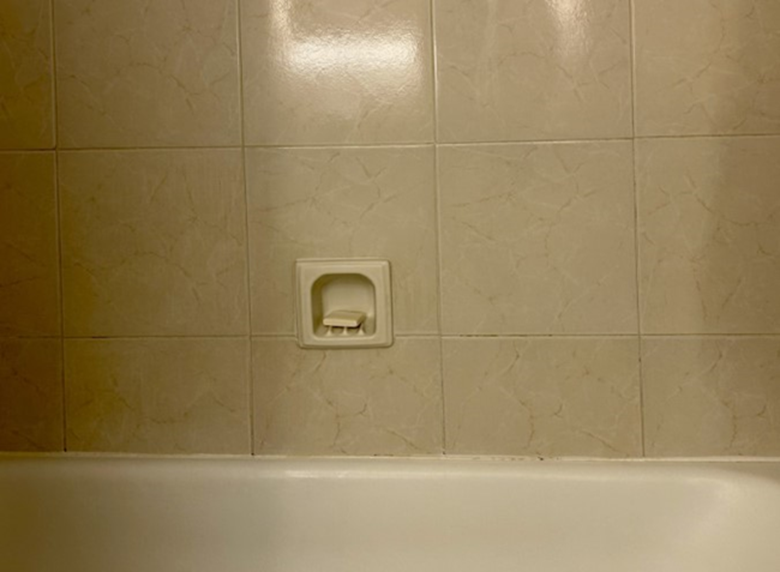
So, I think it should go without saying that a single soap dish is no longer going to cut it. At a minimum, we need space for soap, shampoo, conditioner, and body wash. On top of that, men and women tend to have their own body wash – they may also want different shampoo. And then there’s the guys who like to shave in the shower. They need shaving cream.
Bottom line – it takes a lot of “stuff” to make us beautiful and fresh smelling! This means our showers need an adequate spot to house all these items.
Welcome the niche!
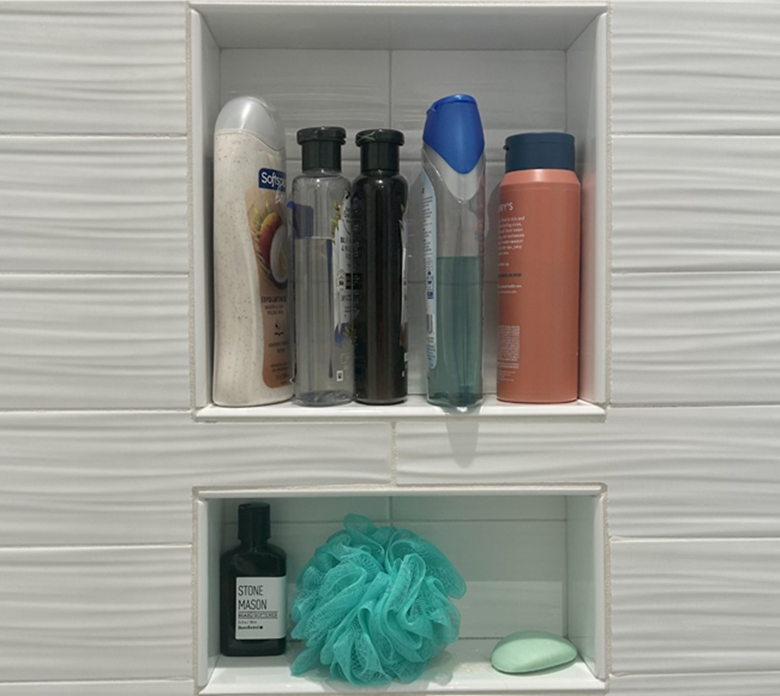
THE SHAMPOO NICHE
Fortunately, the plumbing industry understands this and has started including shampoo niches in their prefab tubs and showers. While some of the prefab shower enclosures of the past have been uninspiring (to put it mildly), the industry has stepped up their game.
You can find a tub enclosure that looks like tile, has a shampoo shelf running the entire length of the tub, and you can also add accent tile to the recess for a more custom look.
And speaking of a custom look, if you’re installing tile only to your shower or tub walls, you can get a prefabricated leak-proof shampoo niche ready for tile or accent tiles. Accenting the shampoo niche with contrasting tile is a great design concept. These extra touches confirm just how important a great shower experience is to kick off the day on a good note.
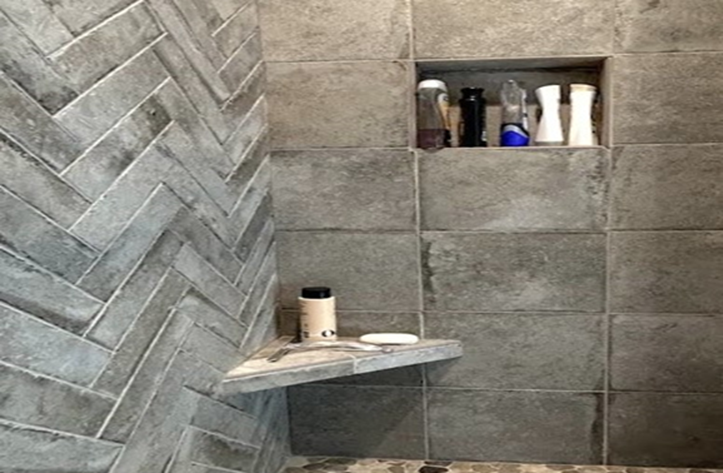
THE SHOWER SEAT
Of course, every shower must have a seat – right? The answer is, absolutely, if possible. However, most shower seats aren’t for sitting. Many are there to enable woman to shave their legs and all bathers to wash their feet and ankles…
If you have the room, consider a shower seat that runs the entire width of the shower.
Better yet – how about the entire length of the shower? Now we’re talking! This shower seat is multi-functional. Great for shaving your legs, large enough if you must sit down, and can hold body wash, shampoo, conditioner, shaving cream, razors – and even soap!
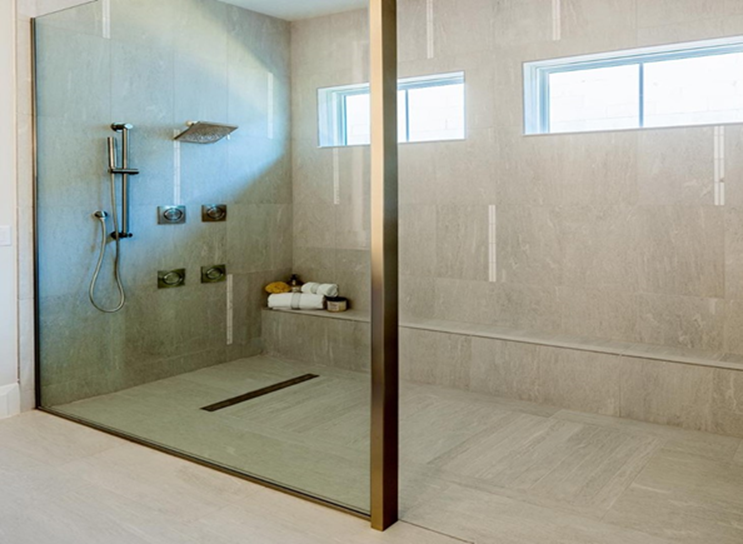
Of course, today’s showers are fabulous for a variety of other reasons. Incorporating elements like an elegant frameless enclosure, a transom window, making it zero-entry, adding a cool linear drain or a spa-like rainhead are but a few items that make today’s bathrooms shine. Gone are the days of the basic shower, here to stay is the luxury bathroom, which is not only beautiful to look at, but highly functional!
Adapted from Housing Design Matters Blog

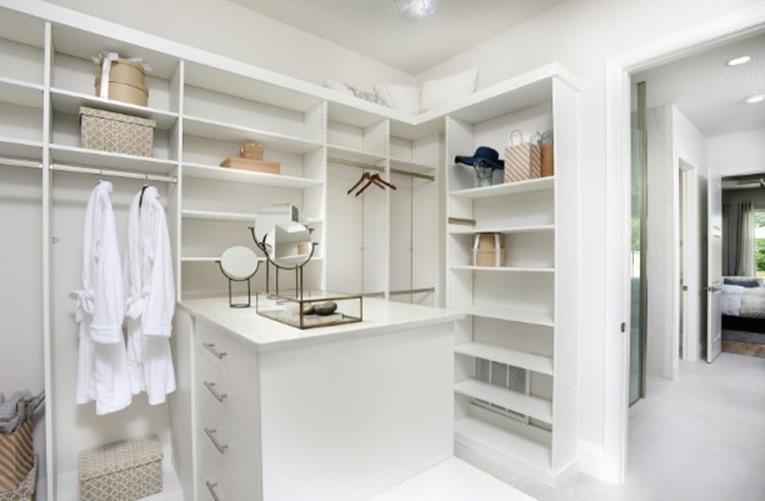 The other day, I walked into my closet and hit the light switch. Nothing changed. No, the light wasn’t burnt out. There wasn’t an electrical problem either. My closet was simply too dark for my 55+ eyes.
The other day, I walked into my closet and hit the light switch. Nothing changed. No, the light wasn’t burnt out. There wasn’t an electrical problem either. My closet was simply too dark for my 55+ eyes.